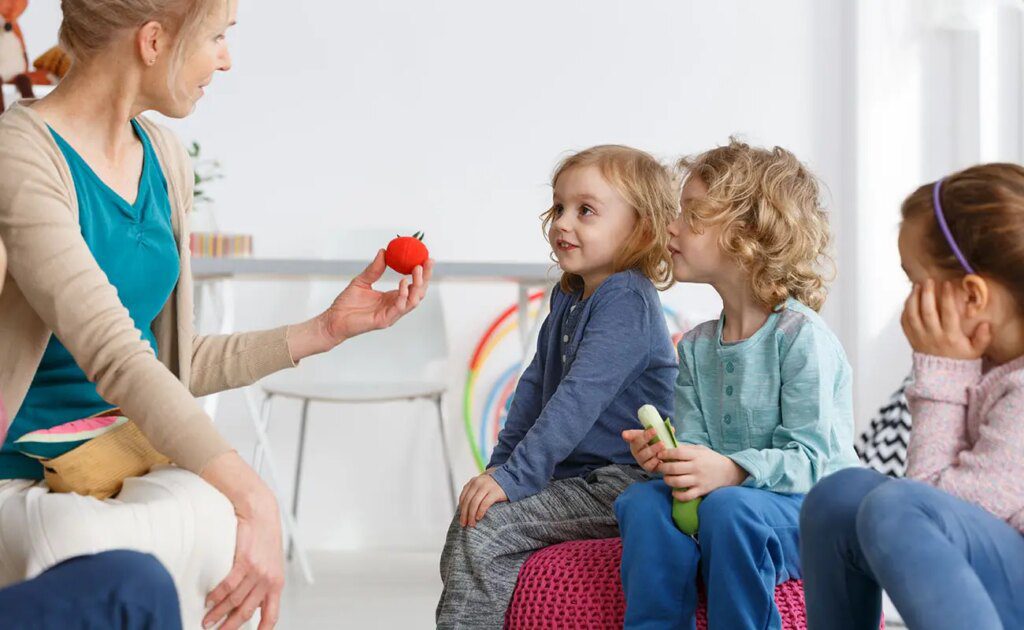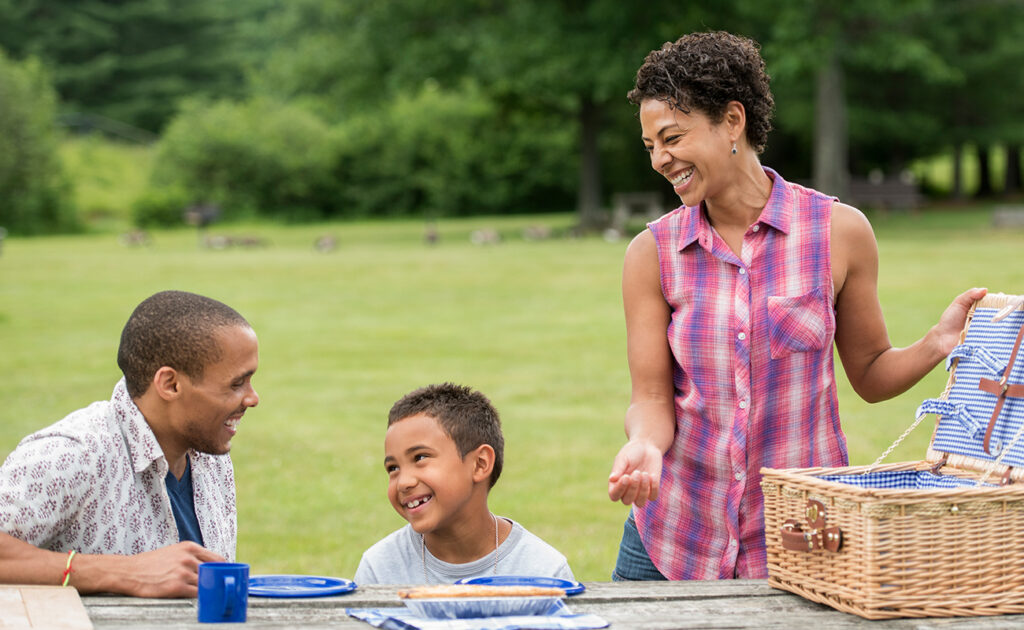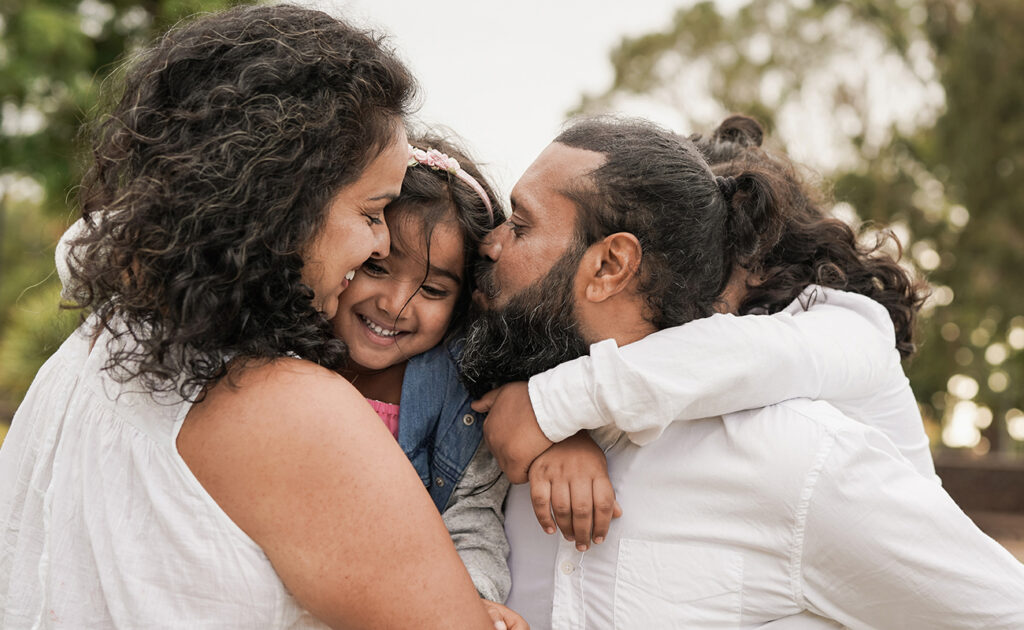Practice “Forgiveness Role-Play”
Have the kids role-play scenarios where they might need to ask for or offer forgiveness, like accidentally breaking a sibling’s toy or feeling hurt by a friend’s words. Help guide the “script,” encouraging kids to understand both sides of the situation. This builds empathy and helps them feel comfortable practicing forgiveness in real life.
Forgiveness Stones
Find a few small, smooth stones and label each with words like “anger,” “hurt,” or “grudge.” As each family member holds a stone, talk about the importance of letting go of these feelings. Then, “release” the stone as a symbol of forgiveness, just as Jesus taught us to let go and forgive.
Forgiveness Hearts Craft
Cut out paper hearts and write a “hurt” on each one, like “someone said something mean to me.” Then, fold the heart to show that it’s “hurt” or “broken.” Teach kids to say, “I forgive you” and unfold the heart each time, showing how forgiveness mends it back together. By leading this activity, you’re helping kids see forgiveness as healing.
The Wrinkled Paper Lesson
Give each child a piece of paper and tell them to crumple it up. Then, have them try to smooth it out again, noticing that the wrinkles remain. Explain that, like the paper, hurt feelings don’t always go away immediately, but forgiveness is what starts the process. Add a verse about forgiveness to the paper as a reminder.
Draw a Forgiveness Garden
Let each family member draw a “forgiveness flower” in a garden picture. Each petal represents something they’ve forgiven someone for or something they’ve been forgiven for themselves. This growing garden serves as a reminder that forgiveness is like “watering” a healthy relationship with others and with God.
Story Time with Parables of Forgiveness
Read parables like the Prodigal Son or the Unforgiving Servant to your kids. Then, ask questions like, “How do you think the father felt when he forgave his son?” or “What did the servant miss about forgiveness?” This discussion lets kids see forgiveness in a biblical context.
Forgiveness Chain Links
Use strips of paper to make a “forgiveness chain” where each link represents an act of forgiveness. Write down what or who was forgiven on each link, and watch the chain grow over time. Kids will see that forgiveness can create connections rather than brokenness, helping them value the habit of forgiving.
The Empty Cup Exercise
Fill a cup with water to represent hurt or anger. Then, pour the water out to symbolize letting go and forgiving others. Explain that holding onto a “full cup” of hurt keeps us from feeling God’s love fully. Explain how the lighter cup is like a light heart, which forgiveness helps create.
Weekly “Forgiveness Reflections”
At the end of each week, gather together and talk about any moments when forgiveness was needed. Encourage everyone to share and talk through their experiences. Guide the discussion to show that forgiveness isn’t about forgetting but choosing peace over anger.
Celebrate “Forgiveness Wins”
Each time someone forgives or asks for forgiveness, celebrate it as a “forgiveness win”! Whether it’s with a sticker chart, a high-five, or simply a moment of prayer together, this positive reinforcement helps kids see forgiveness as an accomplishment and something that honors God.
For if you forgive others their trespasses, your heavenly Father will also forgive you, but if you do not forgive others their trespasses, neither will your Father forgive your trespasses. – Matthew 6:14-15




